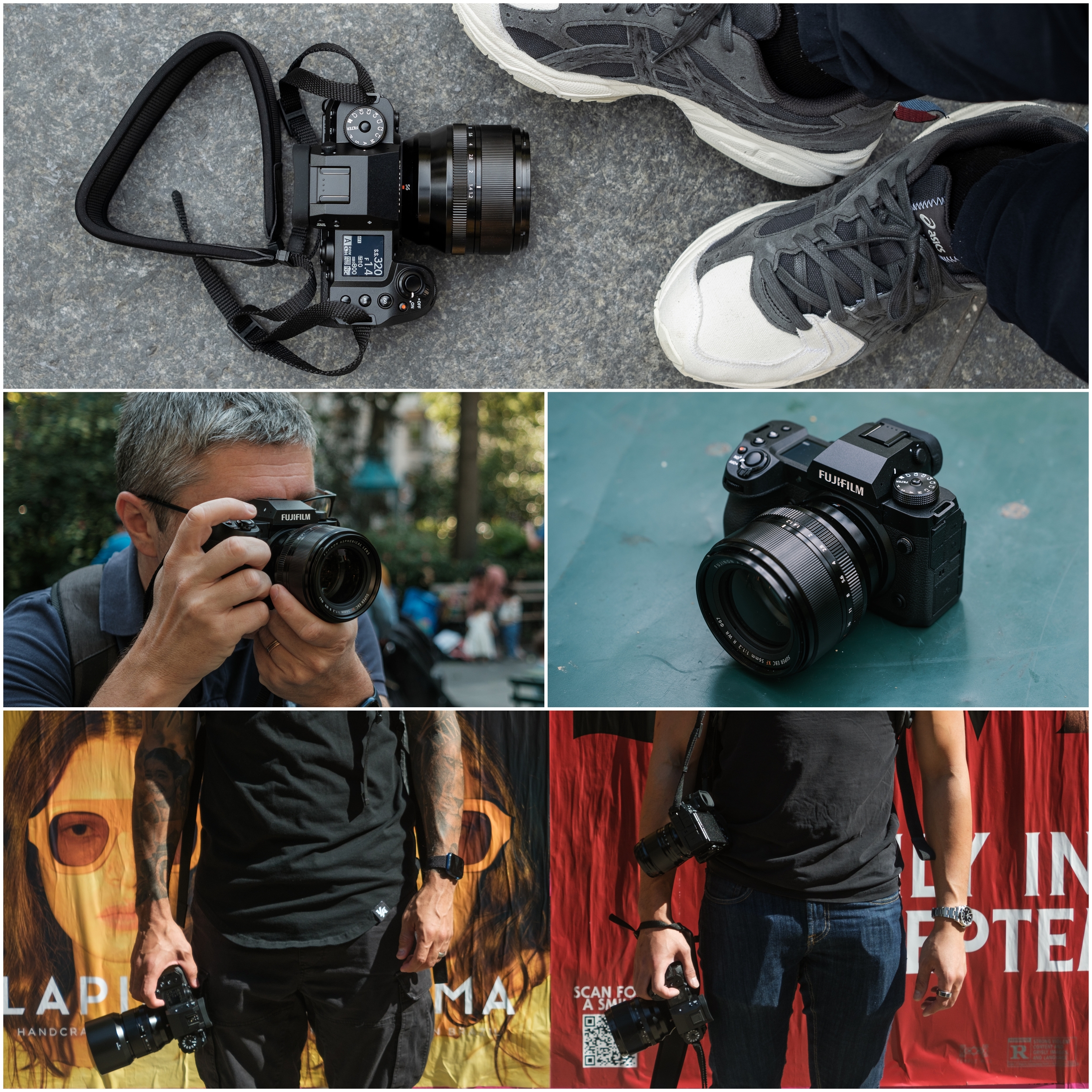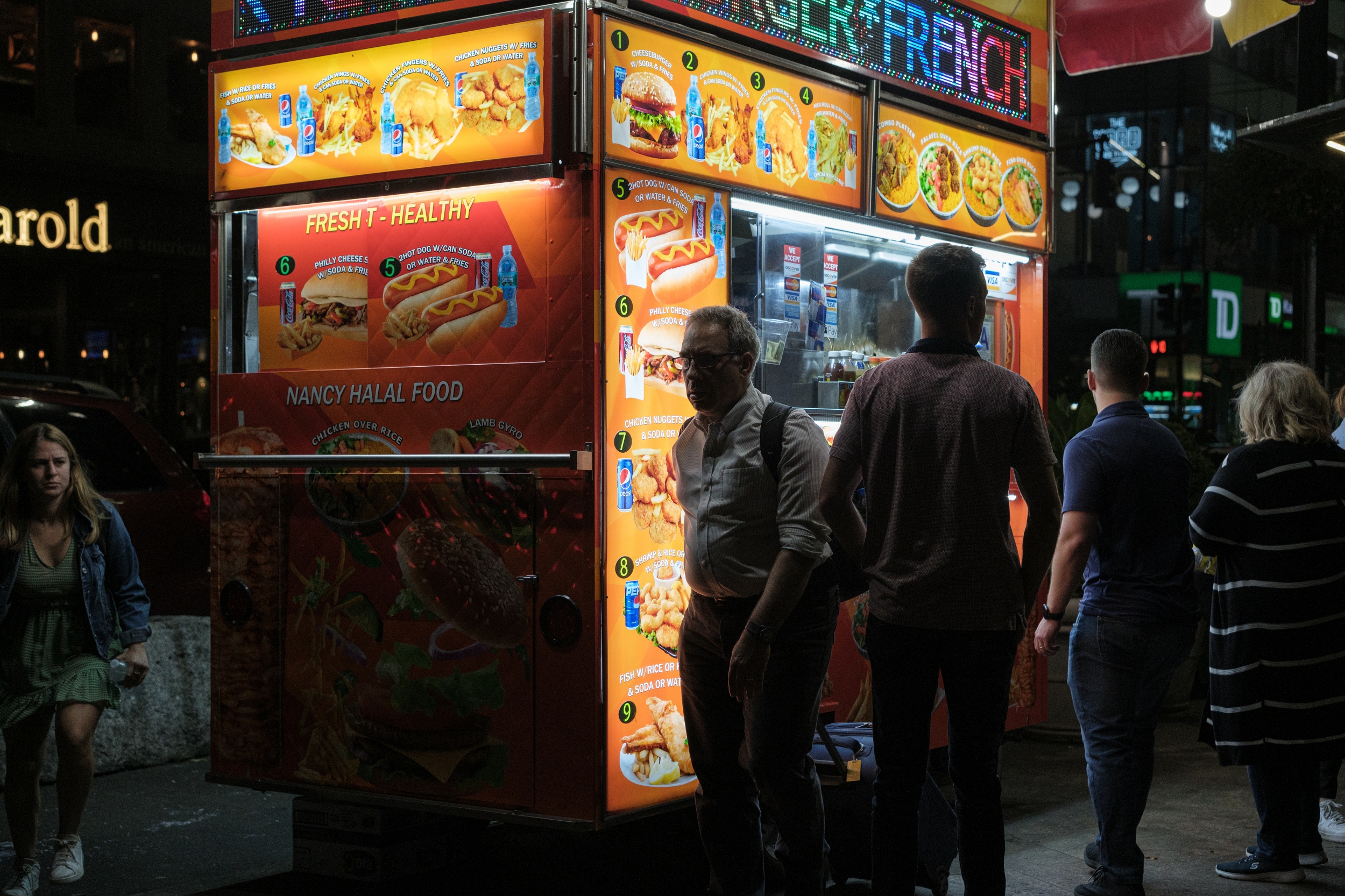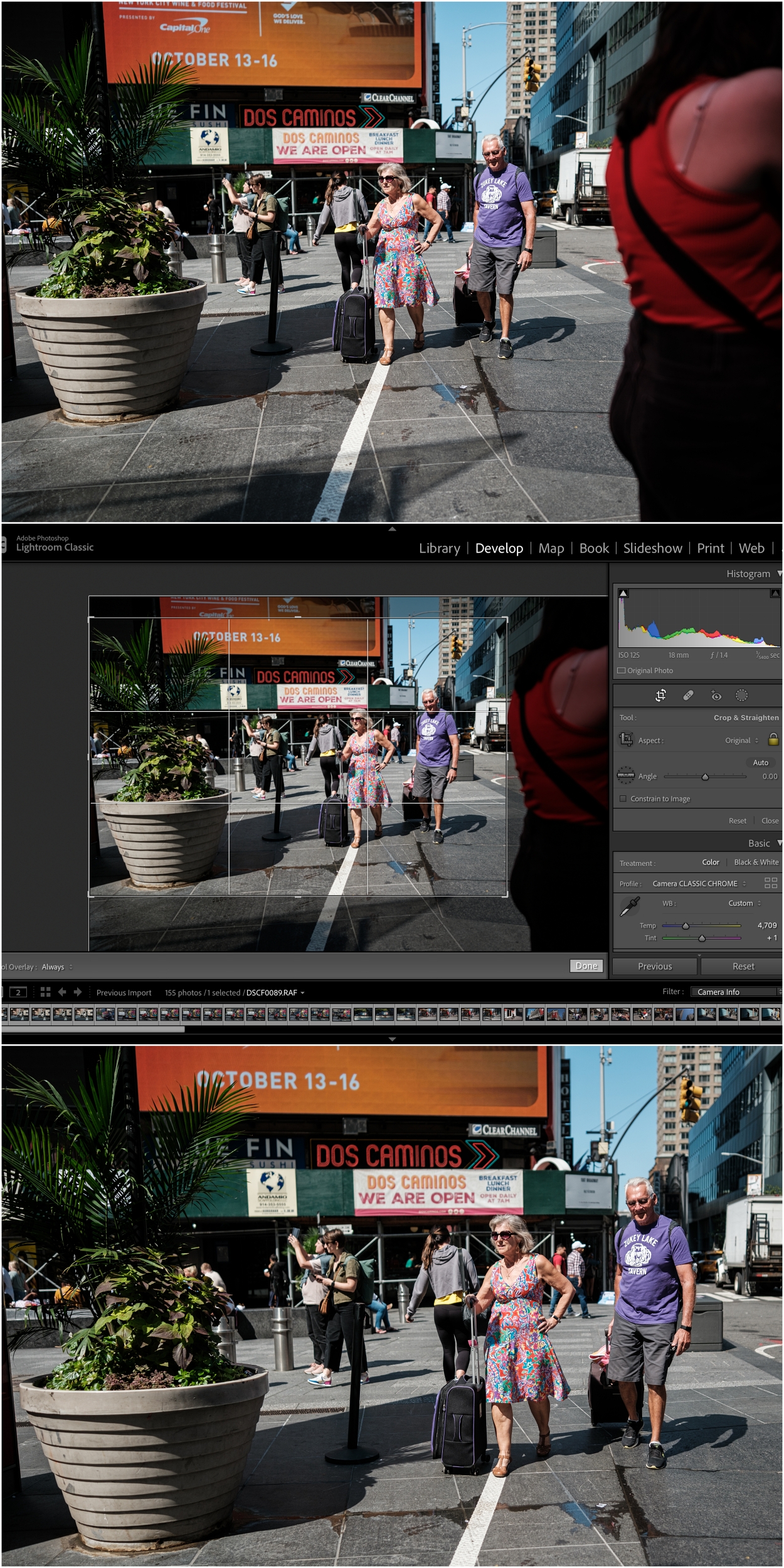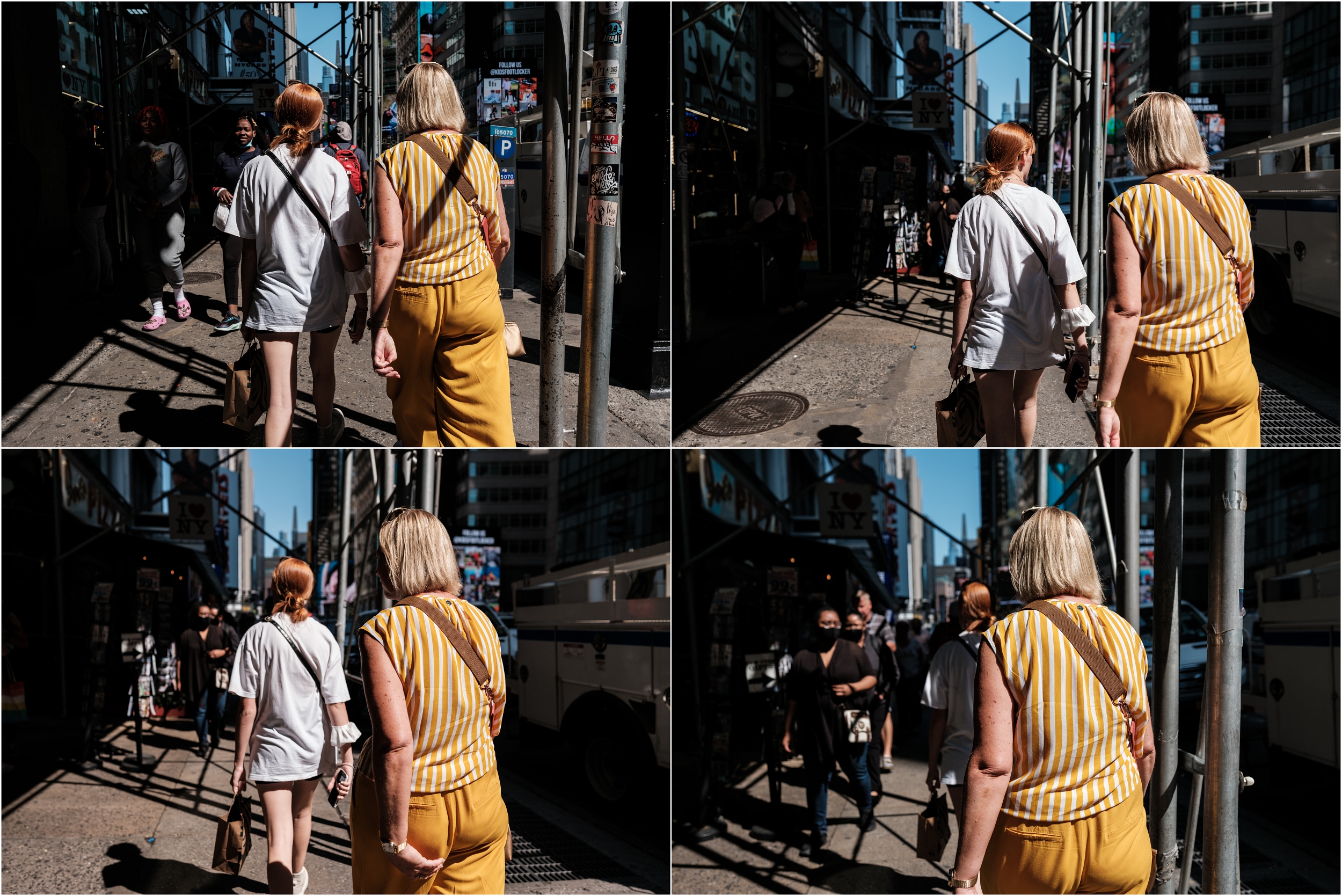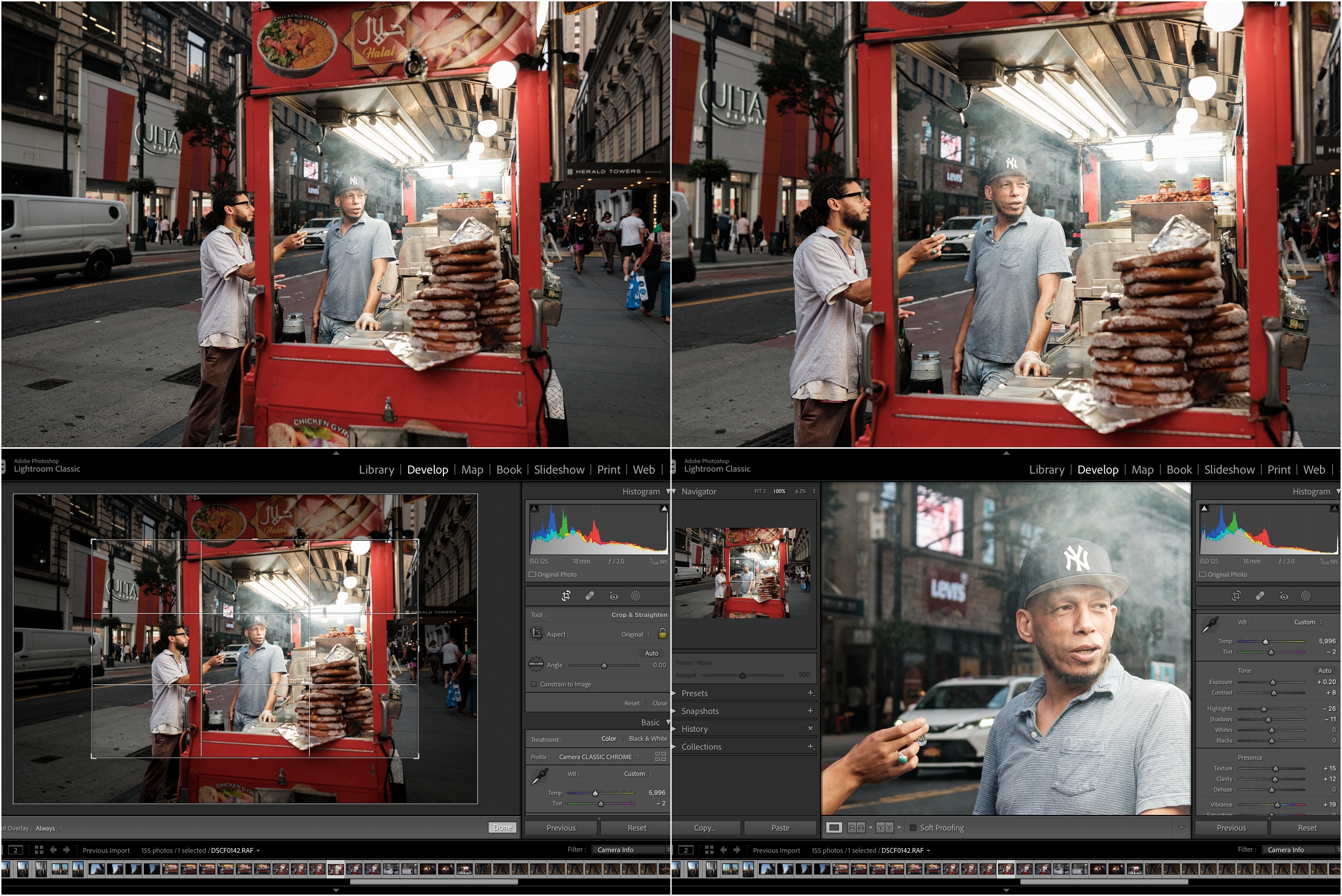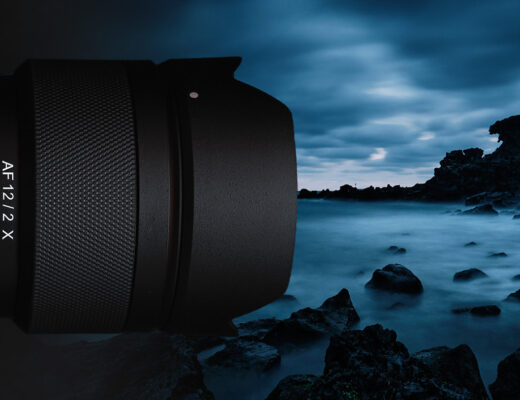The release of Fujifilm’s new X-H2 is a really big deal, not just for Fujilovers, but for anyone following the mirrorless camera space. Although most manufacturers treat their APS-C cameras as a secondary ‘cropped-sensor’ format, Fujifilm has always been dead serious about treating their X Series cameras as capable professional tools. Up to this point, the maximum resolution of the X Series has been limited to around 26MP, a reasonable amount for most people, including professionals. However the times they are a-changin’ with the new X-H2’s X-Trans CMOS HR (High Resolution) sensor, now capable of a class-leading 40 megapixels. Considering Fujifilm’s own GFX50S II has 50 megapixels, even though the medium format sensor has almost four times more area, it’s quite the feat. Is a 40MP too much resolution for the APS-C format? I had the opportunity to test a pre-production copy of the X-H2 for a few days while in New York City during the X Summit and Fujikina events. Here are my first impressions of this new groundbreaking camera.
As many of us predicted, the previously released X-H2S and the newly announced X-H2 share the exact same body: same buttons, same battery, same EVF, same dials (or a lack thereof). If you’re wondering which of the two versions of the X-H2 you should get, the X-H2S with the stacked sensor gives you ultimate data throughput and speed (great for video and action photography), while the X-H2 is all about high resolution. My guess is that the majority of classic Fujifilm shooters will prefer more resolution over speed. Both cameras use the same X Processor 5, so most of the basic functions are the same. However, each sensor offers unique features that are unique to itself.
For instance, the X-H2’s 40MP X-Trans CMOS 5 HR sensor can also create 160MP images using Pixel Shift technology (although the final image must be rendered via software on a computer). It is also capable of a class-leading 1/180,000th sec top electronic shutter speed. The X-H2 also has an improved native ISO of 125, down from ISO 160. Although the X-H2 can’t do open-gate full sensor video like the X-H2S, it can do 16:9 8K video with the ability to shoot in HQ downsampled 4K or the ability to digitally zoom in at 4K. Pretty cool stuff. There are other nuanced differences (rolling shutter, top speed continuous shooting) but the overall shooting experience will be very similar. The biggest difference is when you look at your images.
Because we were all using pre-production units in New York, we were asked not to pixel peep and share 100% cropped images at full resolution. Although I understand the reasoning behind this, Fujifilm should be proud of what they were able to accomplish with this new sensor. Although I can’t share this, I did compare the X-H2 with the X-H2S and X-T4 at ISO 3200, 6400, and 12,800 at night. I was impressed. As I had predicted, the 40MP image is excellent at ISO 1600, very usable at ISO 3200 and usable at ISO 6400, especially if you shoot RAW and can adjust the noise parameters in software. Again, this camera was pre-production so the image quality is not final. However, the IQ can only get better if this was pre-production hardware and software. Moreover, I have absolutely no issues with high ISO performance with the X-H2. In addition, because of the randomized X-Trans colour filter array, noise looks grain-like, and the ACROS black and white film simulation worked excellently at higher ISOs. Another advantage of a 40MP image is the ability to crop your images and still have a high-resolution image.
I’ve included day and night images captured with the X-H2 for your viewing pleasure with a variety of lenses. I did compare my XF10-24mm lens against the newer Fujilux lenses (XF18mmF1.4 R LM WR and XF33mmF1.4 R LM WR). Even with the previous generation sensor and processor, I could see a difference between these new primes and the older generation zoom lenses. However, with this new high-resolution sensor, especially when shooting wide open and along the edges, I can see the difference when punched in 100%. Fujifilm has listed the lenses that will work optimally on the new X-H2 and the 40MP sensor but I wouldn’t worry too much if you have an older lens, especially lenses like the XF35mmF1.4 R. However if you are using older adapted lenses or third party lenses, you will have to test and see for yourself if it can render at such a high resolution.
Since I couldn’t take the X-H2 home, I will have to wait to test some of my favourite third-party lenses, such as the Viltrox 13mmF1.4, Tamron 17-70mmF2.8, and Sirui 50mmF1.8 Anamorphic lens. I also had a chance to shoot with the new XF56mmF1.2 R WR. This is not my favourite focal length so I only shot with it for a few minutes. I’ve included a few pictures shot wide open with the new 56mm so you can see the bokeh pattern. I’m not a huge fan of bokeh, so you can decide for yourself if you like the look or not. Personally, I’m indifferent. However, the lens is sharp and the focus is sticky and reasonably quick. The new XF18mm and XF33mm also work well on the new X-H2. If you do decide to upgrade to the X-H2, I recommend getting one of the newer prime lenses (XF18mm, XF23mm, XF33mm or XF56mm) to get the most out of this new high-resolution sensor.
I look forward to reviewing a production copy in the next couple of weeks and returning with a full report on the new X-H2, including a proper comparison against the X-T4 and X-H2S. From what I can see thus far, Fujifilm has made the right balance between high-resolution and high ISO performance. If the X-H2 body style isn’t your cup of tea, be patient and wait. We know Fujifilm will eventually update the other camera series with the latest fifth-generation sensor and processor. Thank you, Fujifilm, for inviting me to New York, and I hope to attend more events like this in the near future. It was also a pleasure to meet our editor-in-chief Tomasz, as well as our beloved Stephanie, in person. Stay tuned, more images and articles to come. Happy shooting!

X-H2 + XF18mmF1.4 R LM WR. 1/160th sec f/1.4 @ ISO 1600 ACROS. John aka Caterpillar Banjo


